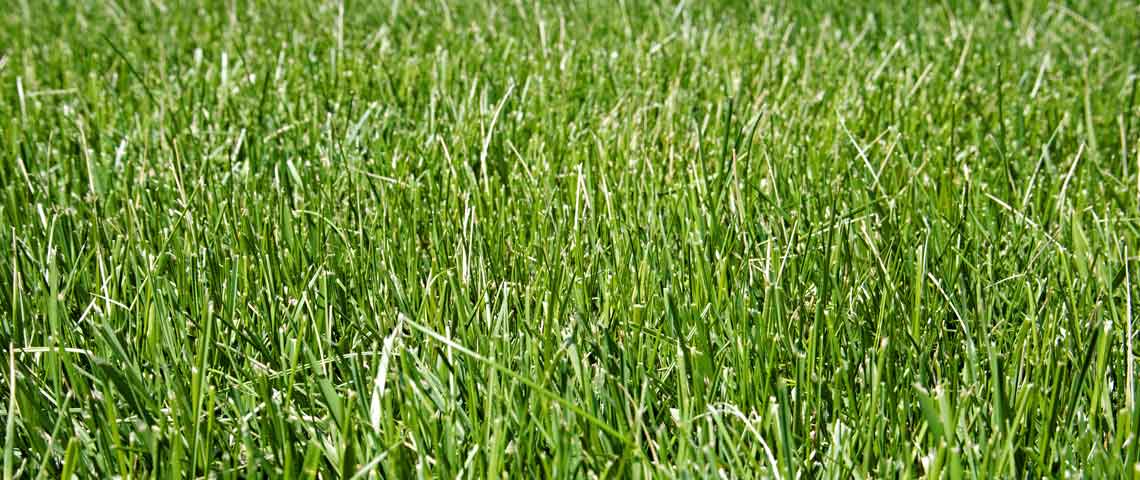Tall fescue
Introduction
- Deep-rooted perennial grass with large tillers and hairless but coarse large dark-green leaves.
- Seed is a large, spreading panicle with small spikelet.

Production and management
- Slow to establish owing to poor mobilization of seed reserves and slow seedling growth.
- Careful establishment during periods of adequate soil moisture and warm soil temperature ( >100C) is recommended.
- Seed sowing needs to be as early as autumn rains allow.
- Best sown as the sole grass species with white clover and red clovers.
- Has poor tillering capacity when kept below 30-40 mm by regular grazing, such as occurs under set stocking.
- Tolerant to rearing damage.
- Sowing rate in mixture is 16-20 kg/ha.
Environment
- Requires high fertility to produce well and are usually invaded by other grasses if the fertility is medium to low.
- Can withstand more extreme environmental conditions.
- Recovers quickly after drought.
Animal health
- Have no specific animal health problems.
- Can contain an endophyte that produces ergovaline, a compound causing heat stress and complaints such as fescue foot.